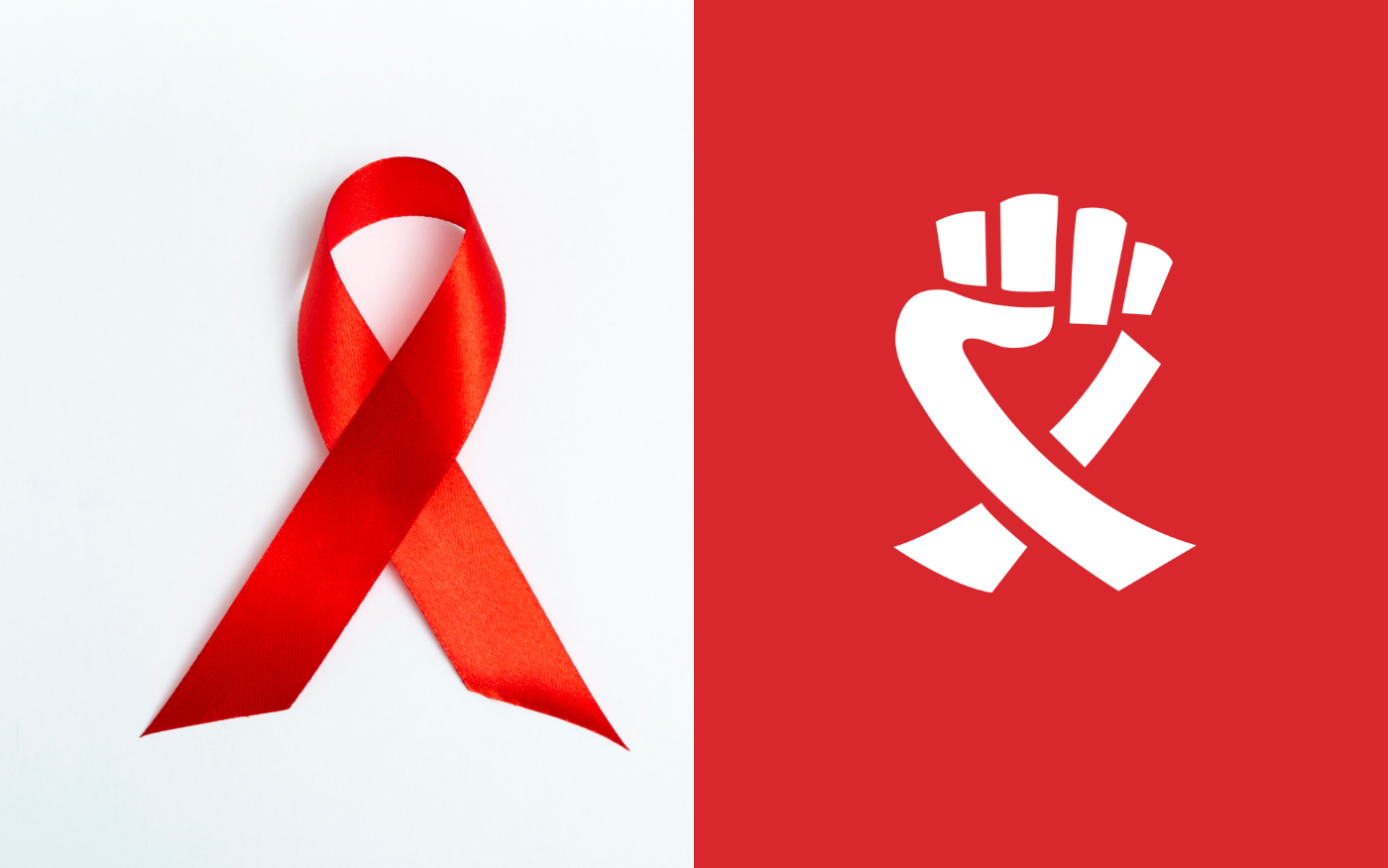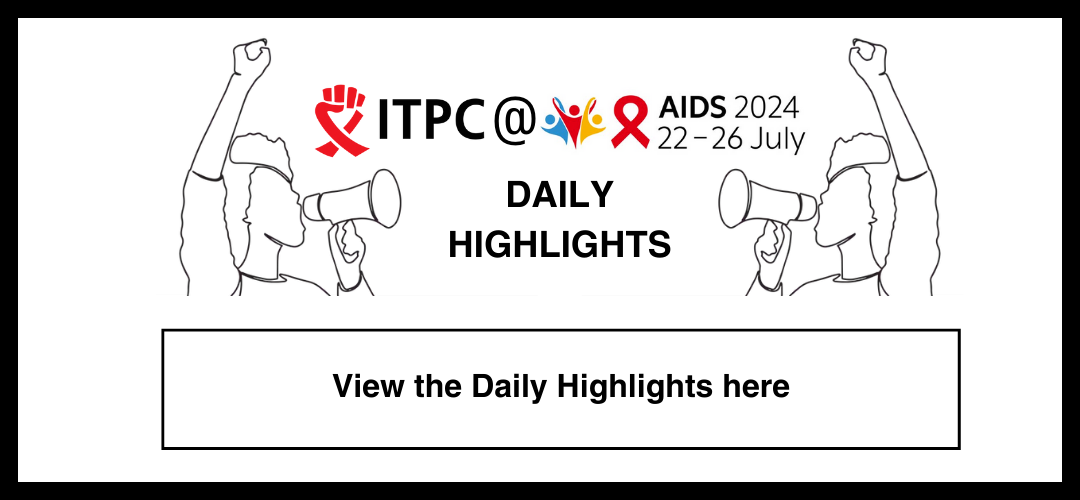The UNAIDS theme for World AIDS Day 2022 is “Equalize”. Despite decades of advocacy, unequal access to healthcare, particularly for key populations, remains the leading global challenge to the AIDS response.
Persistent Inequities
The outlook for key populations remains appallingly disproportionate. When we talk about “key populations”, we are not using an abstract health programming term. We are talking about the most affected people, people living at the intersection of stigma, restrictive laws, and economic marginalization. So, what makes some interventions more effective than others? HIV remains a moralized disease, and the gaps we persistently see with specific groups of people are less due to medical, clinical, scientific, and molecular issues and more due to human rights and political issues. To close these gaps, we need the political will to mitigate stigma and increase access.
We know that for key populations, peer-led and peer-provided services are the most effective for engagement, retention, and testing. There must be more support for, and investment in, community- and peer-led services that directly address stigma and provide quality services and, in turn, start to close health access gaps.
In other words, we need to #equalize. That means we need to stop sitting comfortably in our echo chambers sharing the results of our research. Research will always be important, but do we really need more evidence to address access gaps? Will this evidence really change the minds of political leaders in countries with punitive laws and policies?
We need to start thinking outside health boxes and much more about the political space. We need a robust civil society to ensure that we have leaders who see all people as human beings with equal rights to access to quality health: leaders who deliberately design and incentivize systems to ensure that equal access happens.
We must put the shrinking resources going into health in the right places; only targeted community investments can achieve that. And we need to have a larger conversation about global public investment about financing beyond health.
An Unequal Picture
We have a data problem that makes it easy for countries to claim they are achieving HIV targets while masking inequities in their sub-populations. For example, the 2022 UNAIDS data for Zimbabwe, assessing progress towards the 95-95-95 targets, paints a very pretty picture of goals achieved, but once you start disaggregating and looking at men who have sex with men and transgender communities, you see a totally different and strikingly unequal picture. For example, less than 60% of transgender women know their status compared to an aggregate of over 95% of the adult population.
We have to understand why barriers exist; not just what barriers exist. This will result in the granularity that ensures targeted interventions are in the right places. We need to understand why people don’t return to health clinics. It is past time to ask different questions to get different answers from a new perspective. The perspective of recipients of care must be included.
There is real life and there is theory. It’s all very well to talk about undetectable equals untransmittable (U=U) but if you can’t get an HIV test or a viral load test, if you can’t get your results and can’t easily access effective treatment, then pre-exposure prophylaxis (PrEP) remains theoretical.
We must acknowledge that the reason these health access gaps persists is that HIV remains a moralized issue. This disease is not treated like hypertension or diabetes. There are countries that write health policy not based on science but on the leading of their base that in many instances, deliberately excludes people from healthcare. We need to call out these policies, get more politically savvy, step outside the regular participants in our discussions, and start thinking about how we can pull political levers to expand access.
All-Consuming Pandemic
The future is community-led. COVID-19 illustrated why. The world rose to the challenge of responding to this new pandemic using the lessons of HIV, drawing from HIV-derived health infrastructure and community architecture.
Changes forced by COVID-19 also brought changes to the HIV landscape. A notable example was that, finally, there was a measurable increase in multi-month ART dispensing – something that HIV activists had been begging for forever. HIV self-testing and at-home methadone programs expanded during the COVID pandemic, and the importance of treatment education and health education was highlighted again. If people get the correct information, they can take care of their own health, reducing the need for clinicians to micro-manage care.
HIV community data and insights were pivotal in shaping the COVID-19 response. But on the flip side, COVID-19 was all-consuming. When asked about access to HIV prevention and testing services during COVID-19, a community-led monitoring participant replied, “It’s just COVID, COVID, COVID.”
Data from a 2021 ITPC community-led monitoring (CLM) project in Malawi compared access to testing services before and during the COVID-19 crisis, revealing that the largest testing, prevention, and treatment gap was among female sex workers, where HIV testing fell by almost 80% during the crisis.
This is one of the countless unintended consequences of the response to the new pandemic. Resources for HIV were diverted to COVID-19 – the focus on viral load testing shifted to testing for COVID, for example. During the lockdowns, people were afraid to be seen waiting for their ARVs in long lines outside clinics. There were confidentiality issues. Then we wonder why people are not coming back for their ARVs.
The Know-Do Gap
We know that CLM and community interventions are crucial, but it’s a fragile space. We are still constantly fighting for the legitimacy of data coming from communities. Is it robust? Does it use scientific methodology? Can we trust it? It is clear that CLM is valid. It is a part of the guidance for countries to access the top multilateral donor funds in the HIV space. CLM reports and by extension community data must be placed alongside national-level reports to get the whole data picture – this way, interventions are targeted for high impact.
CLM tells us what communities see as problems. Affected communities develop indicators for those pain points and track them over time. CLM not only shines a light on an issue; it also brings solutions to the table. The lived experiences of communities afford them invaluable insights that are critical to the co-problem solving that is needed for these persistent problems.
People who were struggling before as key populations are struggling even more in this “post-COVID” world. We are not going to achieve equal access unless we use demand-side/community data to shine a light on the laws, policies, and norms that make the “last mile” challenging. Community-led monitoring is an indispensable tool to help get us there.

